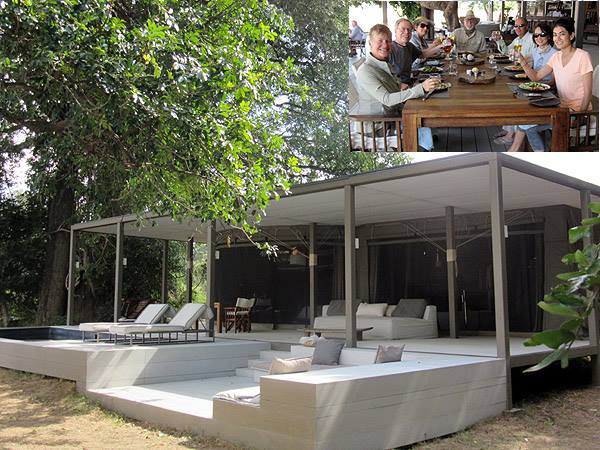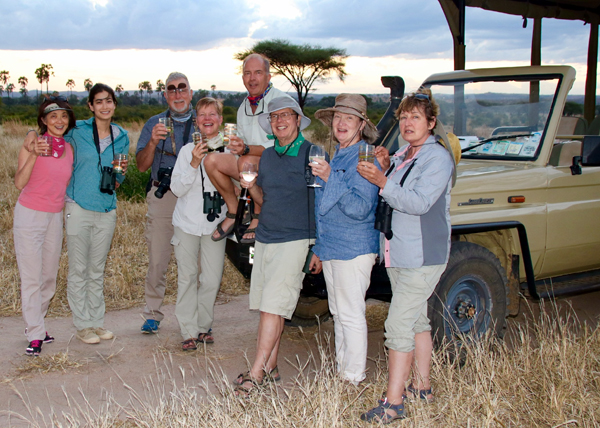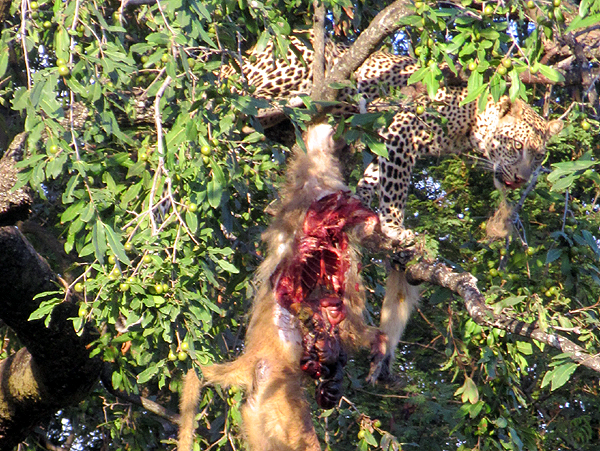 How often have I winced angrily when an African leader decries his out-of-control society for being manipulated by “outside agitators.”
How often have I winced angrily when an African leader decries his out-of-control society for being manipulated by “outside agitators.”
I’ve been in conflicts in Ethiopia, the Congo, Rwanda and Kenya, and virtually every time – 100% without fail – the leaders blame the unrest on outsiders. It becomes laughable. Until you realize that it’s the best way to make things worse. After all, we’re all outsiders.
 The middle of sub-Saharan Africa, about a million square miles, includes the “sand river” big game wildlife parks. We’ve just finished 16 days exploring these less visited areas, and we had a ball and some incredible successes game viewing.
The middle of sub-Saharan Africa, about a million square miles, includes the “sand river” big game wildlife parks. We’ve just finished 16 days exploring these less visited areas, and we had a ball and some incredible successes game viewing. We just ended six days in Tanzania’s remote central game parks of The Selous and Ruaha. Zanzibar is not exactly Manhattan, but flying into here from Ruaha was like returning to civilization from a Jurassic Park time warp.
We just ended six days in Tanzania’s remote central game parks of The Selous and Ruaha. Zanzibar is not exactly Manhattan, but flying into here from Ruaha was like returning to civilization from a Jurassic Park time warp. The Mwagusi and its little tributaries were dry, and this was early. The drought of last season, which had followed a devastating El Nino flooding, had broken but weakly. A major moisture deficit crinkled most of the bush leaves and had turned everything brown early. Only along the Great Ruaha itself, or in slight depressions in the veld, did the sandpaper trees and acacia flitter lively green leaves in the warm breezes.
The Mwagusi and its little tributaries were dry, and this was early. The drought of last season, which had followed a devastating El Nino flooding, had broken but weakly. A major moisture deficit crinkled most of the bush leaves and had turned everything brown early. Only along the Great Ruaha itself, or in slight depressions in the veld, did the sandpaper trees and acacia flitter lively green leaves in the warm breezes.